 An impossible task against an unkillable foe. An impossible task against an unkillable foe. Talion and his family were killed by Sauron's most powerful henchmen. Yet, somehow, Talion is not dead. Now he must use his new companion and his now powers to find the Hammer, the Tower, and the Black Hand so that he can get his revenge and see his family again.
1. Gameplay
On a surface level, Shadow of Mordor is a very simple game. Talion and his family are killed by some of Sauron’s most powerful minions. Talion somehow gets rejected by death and attached to Celebrimbor, a wraith (ghost) with little recollection of his past life. Talion gains new powers and goes on a killing spree, slaying just about every uruk (orc) he can find. But while my boiled-down, grossly oversimplified version of this game’s story might seem bland, the real genius of this game is in the mechanics. The combat is smooth and varied, sure, but this game includes an impressively well-structured military hierarchy system. Every enemy in this game is “named”. The higher level enemies (given the title of “Captain”) have a specific set of strengths and weaknesses. The player can try to simply attack these captains in the open, but a smart player will take the time to learn about each captain’s strengths and weaknesses before launching an assault. For example, some captains are vulnerable to stealth attacks. In these cases, the player should try to attack the captain from stealth, making sure to get the first hit before open combat is engaged. Some captains are afraid of caragors (a gigantic armored lion-like beast). In this case, the player should try to release some caragors around the captain. If the player manages to successfully bring in a caragor, the captain will flee in terror, allowing the player to chase the captain down and kill him with relative ease. If a player successfully kills a captain, eventually a new uruk will be promoted and will take the dead captain’s place. If the player dies, he is transported back to a nearby tower. The uruk that killed him (and potentially other uruk in the area) are instantly promoted to the rank of captain, and the entire military hierarchy is reshuffled to fill in gaps and promote other uruks. This means that if the player is killed, all enemies become more powerful and, as a result, more difficult to kill. This game doesn’t just encourage the player to approach each situation carefully, it basically requires it. Players must carefully consider how to attack each captain. Once you break stealth and start trying to engage in open combat with enemies, everything kind of goes out the window. All of that careful planning is ruined, replaced with a flurry of your best abilities. If you can take out the enemies around you quickly, things are pretty easy. It’s much less simple if you are discovered deep inside an enemy base, trying to fight two or more captains simultaneously. What starts out as a simple battle between you and a captain can quickly disintegrate into an impossible wave of dozens of enemies. In cases like this, the only thing you can really do is run, hide, and try to figure out a new strategy. The only thing that kept me from enjoying the later hours of this game as much as the initial 15+ hours is the ability to brand enemies. Branded enemies fight for you, an ability that becomes vital for the later story missions. Talion can brand just about any enemy, but this ability changes the approach to combat completely. Instead of a 1 (you) vs 20 (enemies) battle being a potential nightmare, a few killstreaks later the battle can turn into 10+ vs 10. Talion can brand enemies during combat, which can quickly shift the tides in his favor. Instead of feeling like a lone badass, able to single-handedly take down waves of enemies at will, battles became so easy that I could sit back and watch my allies do the work for me. Still, this isn’t a horrible thing, it just made the game far too easy for my taste. This game is definitely worth playing and easily one of the best games I have played so far this year.
The true length of this game is going to depend on how much the player enjoys messing around with the game’s leadership hierarchy. If the player enjoys hunting down captains and war chiefs, there is at least 25 hours of content. If the player sticks to just the main missions, it’s probably closer to 10 or 15 hours. I enjoyed this game and explored it enough to completely finish it, and my playthrough lasted for around 30 hours. I wouldn’t pick it up again and restart from the beginning right now, but the mechanics were definitely good enough to warrant a second glimpse soon.
Once the player gets a handle on the basic mechanics of the game, it’s a fairly simple system. The player is fairly weak early on, but once the player starts spending experience points towards increasing health and getting better abilities, this game is fairly simple to conquer. There are only three things that bugged me about this game. First, a number of the missions and events took place in areas deemed “strongholds”. These were fortified, heavily guarded bases filled with uruks of all type and level. If the player entered open combat in these areas, sooner or later the alarm would sound and the base would fill with uruk. I don’t just mean five or ten enemies, I mean dozens would pour out and start attacking the player. It was very easy to get overwhelmed in these scenarios, especially early in the game. I believe this was purposefully designed, encouraging the player to retreat from these scenarios. The player may not be able to die, but he’s not invincible (if that makes sense). The second thing comes with the game’s “captains”. These are high-ranking enemies with special strengths and weaknesses. In order to beat these captains, the player has to carefully plot an approach that is best suited to exploit the captain’s weaknesses. But the problem is that while I was fighting one captain, a second would frequently appear. These captains would almost never have the same weaknesses, which forced me to try and figure out a way to fight two very different enemies at the same time (while simultaneously fighting the hordes of normal enemies). Then a third captain would appear, and a fourth. There were a number of scenarios where four or five captains would all appear at once and try to kill me. Again, the game encourages retreat, but it never felt like the scenario was balanced in my favor. Once I started decimating or branding them the leadership ranks this was much less of a problem. The last thing only really comes if the player dies repeatedly. As a player dies, the surrounding enemies gain in skill and difficulty. If a player isn’t cautious, he can find himself dealing with extremely strong enemies that have few exploitable weaknesses. The game encourages careful preparation in this regard, but it can lead to scenarios where the player is completely overwhelmed by a far superior army of high level enemies. 2. Parental Notices
This game is extremely violent. While the only obvious gore in this game is decapitations, brutally violent execution moves are going to be a common element in combat. Talion wields three types of weapons, each with different effects. The bow is by far the least violent of the three. Enemies hit with this weapon will have an arrow stuck to them, but there is never any gore from kills with this weapon. Blood may be present, but it’s not easily visible because the player has to enter a special “wraith mode” to use this weapon. The dagger is the next step up in violence. Used for stealth attacks, the player can stab enemies repeatedly with this weapon. While this weapon never causes any gore, it can result in significant amounts of blood depending on the type of kill the player performs. Normal stealth kills will only result in a small amount of blood. However, the “brutalize” kills, which are meant to strike terror into enemies and cause them to flee, results in a significant amount of blood and a very violent animation. The sword, which will be the player’s primary weapon, is the most violent weapon in the player’s arsenal and the most commonly used. Normal hits will result in a healthy splash of black blood from the enemy. But it’s the “execution” maneuvers that bring on the real violence. If the player gets a high enough hit-streak, the player can execute an enemy. When this happens, a special animation will play. The animation will include at least one stab straight through the enemy and usually finish with the enemy’s head getting sliced clean off and rolling away. Those executions that don't end in decapitation usually involve impaling an enemy on the sword. These types of animations were frequent and seriously helped in quickly clearing out sometimes difficult enemies. There were a number of other types of violence that could occur, although these were a bit less common than the normal combat. The player could use an arrow to cause a campfire or grog barrel to explode. These explosions would instantly kill most enemies in the immediate vicinity. Enemies slightly outside the kill radius would be engulfed in flames. They would run around trying to put out the flames and, one successful, would return to the fight relatively unscathed. Captains, the higher level boss enemies, would sometimes reappear later after the player kills the captain. Often times the apparently resurrected captain bears some sort of battlescars from the previous encounter. This can result in a heavily bandaged face if the captain was hit with multiple melee attacks or serious burns. Finally, the player can eventually unlock the ability to execute a “flurry attack” on stunned enemies. This involves slashing an enemy extremely quickly over and over again. The player can also unlock the ability to kill the enemy upon successfully completing a flurry. When this happens, Talion simply closes his fist and the enemy’s head explodes into blood. After unlocking this ability I made use of it frequently, since it can quickly eliminate all but the highest level of enemies. While this isn’t nearly the most violent game I have ever played, it is extremely violent. The recommended age of this game is based almost entirely on the violence.
Sexuality is not a factor in this game.
Substances play an extremely minor role in this game. There are a wide variety of special herbs and mushrooms that the player can use to regain health. The character doesn’t actually consume these items though, he simply walks up to them, uses his blade to cut the stem, and then the plant vanishes into a puff of smoke and the player is instantly healed. The uruk have a love for “grog”. For those of you unfamiliar with British sailor slang, grog is a really horrible form of alcohol. In this game, the uruk often talk about grog and getting drunk, especially if they’re in the process of “feasting”. Despite this, I never actually saw them drinking the substance. They just leave open barrels of the stuff lying around. The player can walk up to an open barrel of grog and drop poison into it. The poison is created from one of the plants in the region, but after the initial mission to create the poison the player has an unlimited amount. Once the player poisons a grog barrel, the nearby uruk all wander over and drink from the barrel. They are soon poisoned and begin to vomit. However, the poison doesn’t actually kill the uruk, it just pisses them off and makes them blame each other for the poisoning. Then they attack each other, which gives the player an opportunity to sneak past around. Certain enemies can use poisoned weapons or attacks, but these are fairly infrequent. The poison does a minor amount of damage to the player and prevents him from knowing when to counter enemy attacks, but there are only a few enemy types that have this ability.
Gambling is not a factor in this game. 3. Other Factors
There are no modding tools available for this game.
Religion is not a factor in this game.
Anti-law is not a factor in this game.
There are no multiplayer modes for this game.
This game takes the extreme sports in Assassin’s Creed, Batman, and other similar titles and cranks it up to 11. Talion isn’t just strong, he’s blindingly fast and incredibly powerful. Even before the player unlocks the ability to super sprint, walls, towers, ledges, and other obstacles are nothing for this man. Forget freeclimbing up a cliff wall with very little visible handholds, this guy can leap backwards to catch an edge of a walkway three feet behind him. Imagine climbing a wall below a wooden ledge, then jumping from that wall to the ledge, catching it, and pulling yourself up all in a single swift motion. It is flat out impossible. Getting back down from cliffs, towers, or any other tall objects is even easier than climbing up them. The player just has to jump. No matter how high the fall, Talion will always land on his feet and never take any damage. Also, I have to mention Talion’s ability to ride “caragors”. Caragors are basically gigantic lions that have armored skin and usually hunt in packs. The player can eventually learn to ride a wild caragor. All Talion has to do is jump on its back and, while it’s bucking to get him off, brand the thing with his palm.
Magic plays a vital role in this game, both in the mechanics and in the plot. Celebrimbor (Talion’s ghost companion) practically bleeds magic with his every action. Talion can use the wraith magic to stun enemies, dominate them, kill them, give them orders, light them on fire, etc. The player frequently makes use of these abilities both inside and outside of combat. The plot in this game also frequently hinges on the use of magic. Talion, rejected by death, is magically kept alive. Additionally, Talion and Celebrimbor are magically bound together. If Talion dies in combat, he doesn’t actually die. He is simply resurrected a short time later back at a nearby magical ghost tower. Eventually Talion meets with a witch who shows the player fragments of Celebrimbor’s past and shows Talion how to make use of his more advanced powers. The witch’s abilities are controlled via a magical staff.
Torture The uruk are absolutely horrific to their human prisoners. The uruk are cold, heartless, and evil through and through. They are frequently seen beating prisoners with swords, tying up humans and mocking them for what most would consider minor infractions (i.e. spreading rumors about Talion’s presence), and discussing the best way to torture “pinkskins” (aka humans). The player will participate in a number of missions that involve rescuing prisoners who have been tied up and left for dead. Execution While “executions” in various forms happen fairly frequently in this game, executions in the traditional sense are relatively uncommon. The player can encounter execution-related missions where an uruk captain is in the process of executing four of his rivals. Usually the player interrupts these executions by attacking the captain, but the game doesn’t force the player to do this. Human Disfigurement It’s an extremely minor element, but I would consider Talion’s ghost elf companion to be severely disfigured. The player will see this character pretty frequently, and the disfigurement is the kind of thing that could be nightmare inducing for small children (especially coupled with the character commanding “YOU WILL OBEY!”). The only other possible example of this is the three boss enemies. All were surprisingly human for uruk leadership, and some were definitely more disfigured than others.
2 Comments
Christian
2/14/2015 09:11:33 pm
Thank you for the help. I realized when you said "IF you get a high enough kill streak you can decapitate them" that I can ovoid getting too high of a kill streak making it a lot less violent and gory
Reply
Just a gamer
10/24/2015 03:14:10 pm
Can you turn off the gore like you can in war in the north?
Reply
Leave a Reply. |
Like what we do? Want to see more? Donate to the site using the button below!
Not sure what a term means? Read the definitions!
Not sure what a review section is about? Find out more information!
|

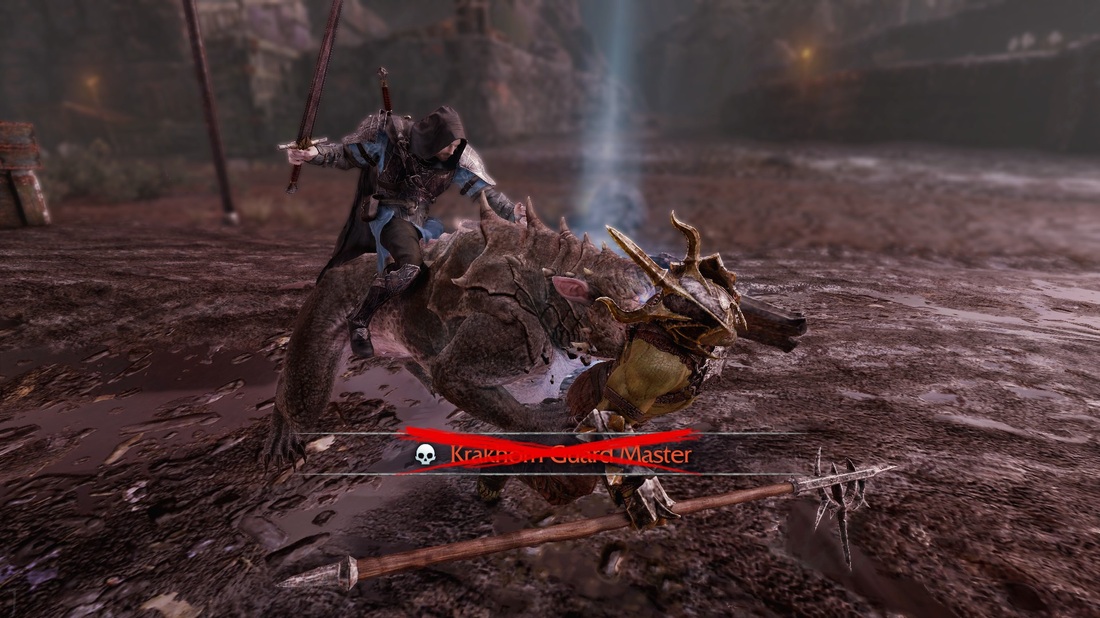


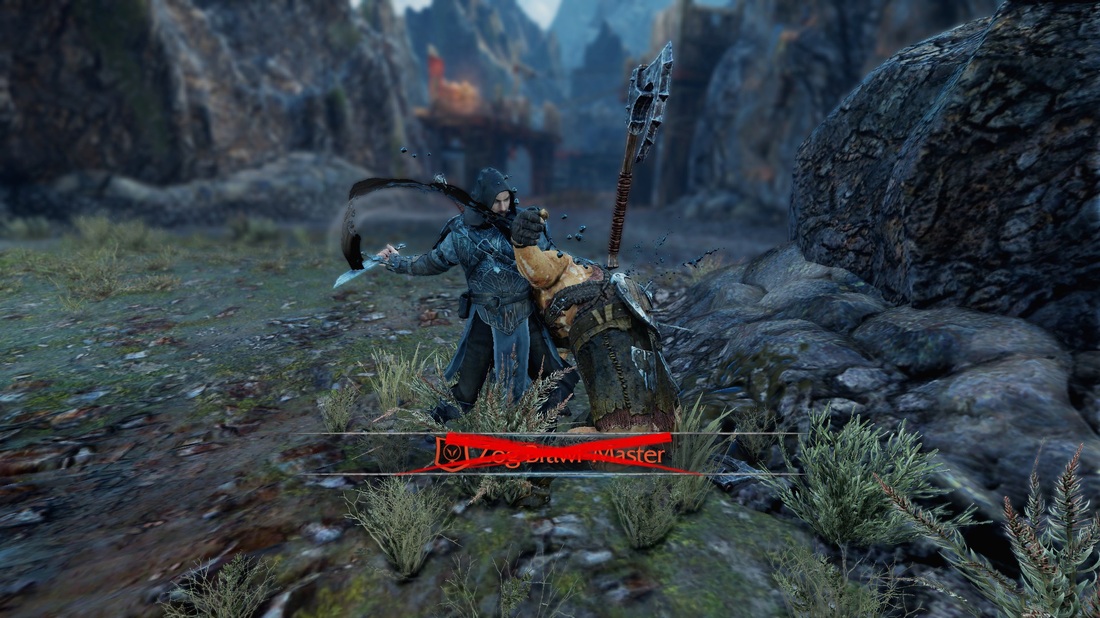






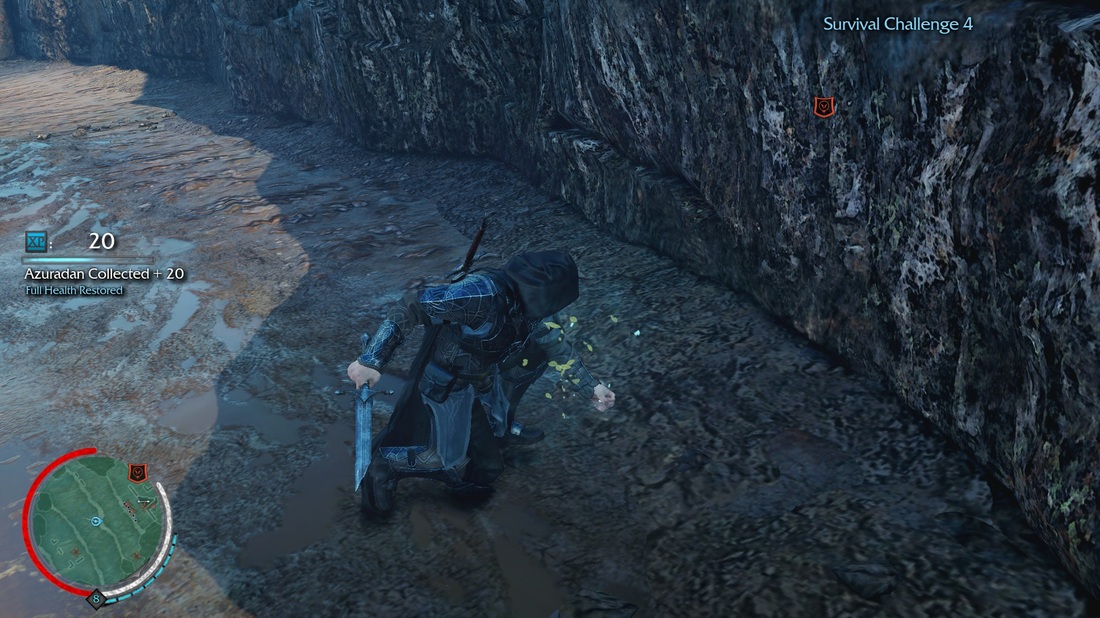

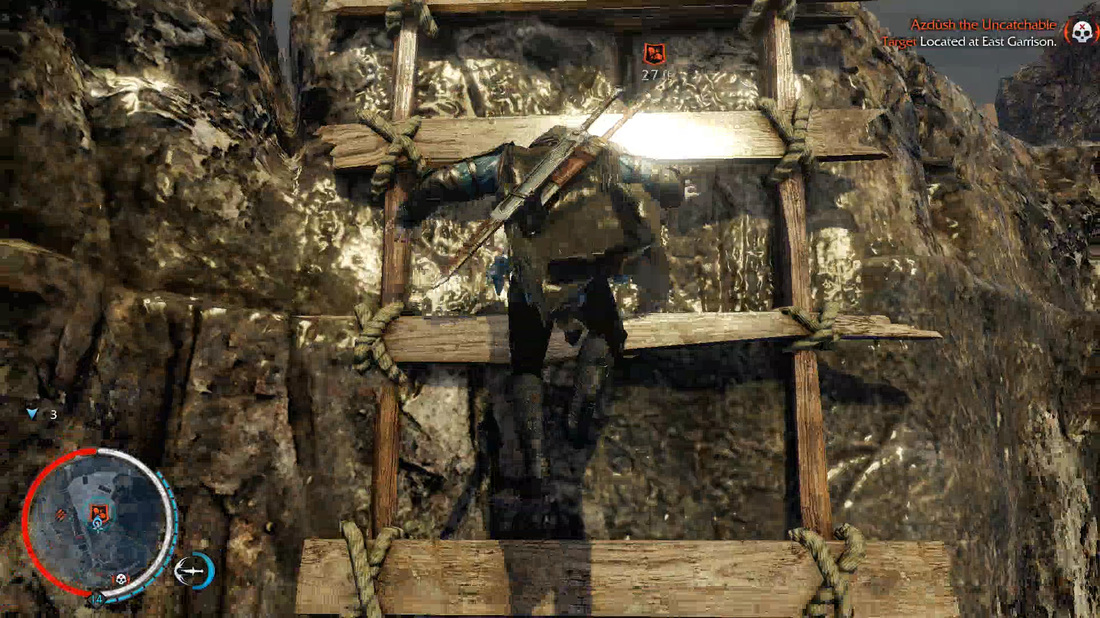
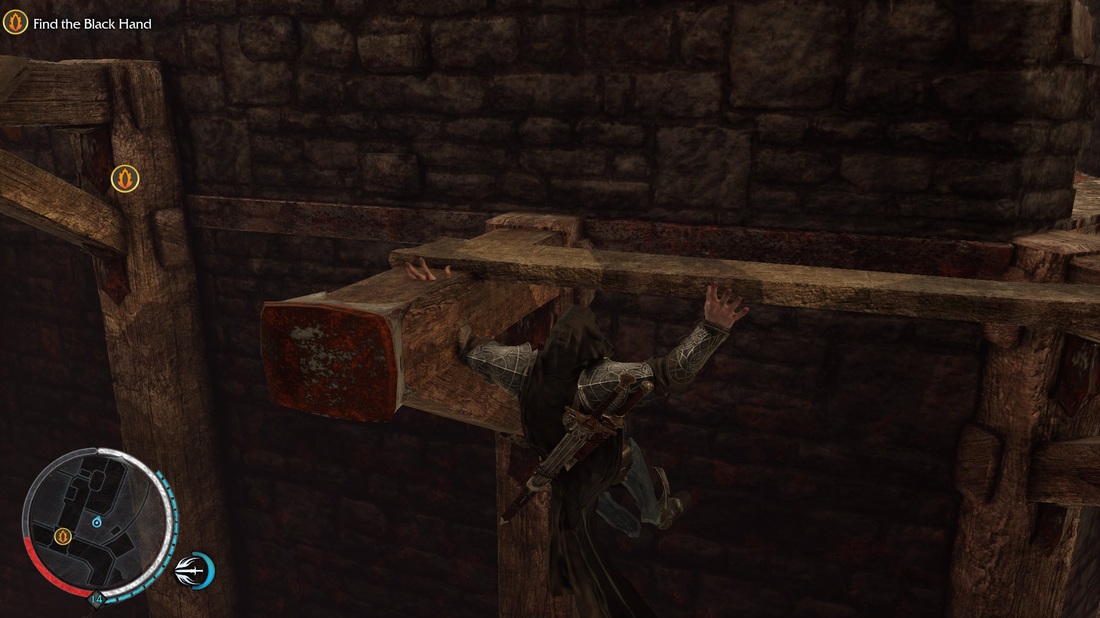



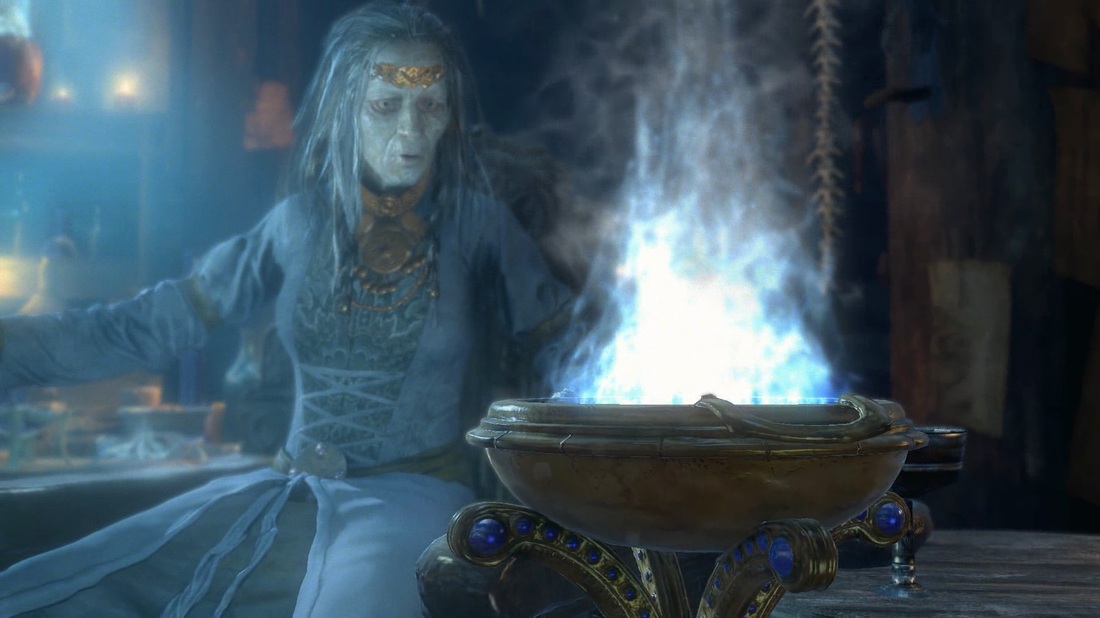



 RSS Feed
RSS Feed